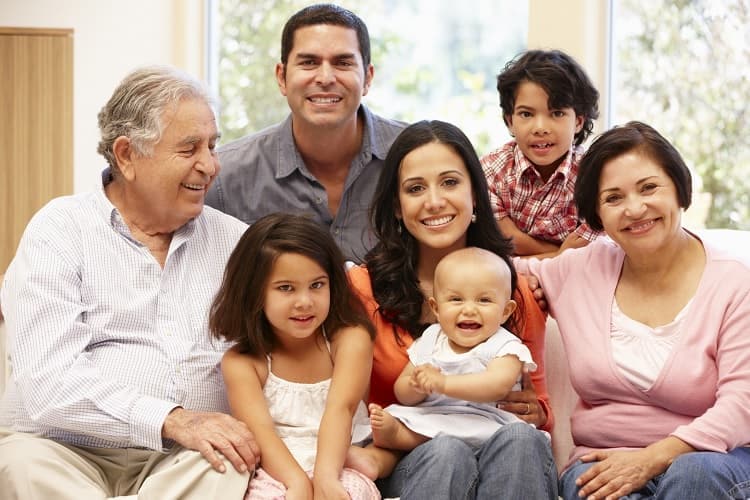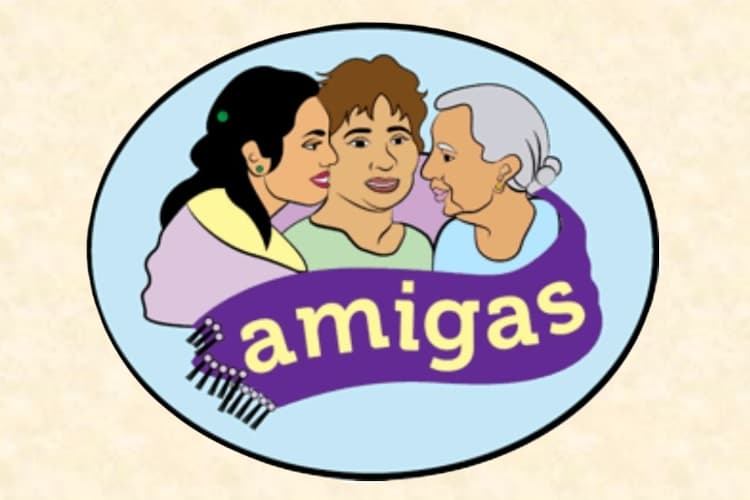Hispanic or Latino People and Cancer

Cancer is the leading cause of death for Hispanic or Latino people in the United States.
Cancer is the leading cause of death [PDF-20KB] for Hispanic or Latino people in the United States. Compared to members of other races and ethnicities, Hispanic and Latino people have higher rates of getting and dying from some kinds of cancer.
- Hispanic women have a high rate of getting cervical cancer. Hispanic women have the second highest rate of dying from cervical cancer, after non-Hispanic Black women.
- Hispanic people have the second highest rate of dying from liver cancer.
- Hispanic people and non-Hispanic Black people have the highest rates of getting and dying from stomach cancer.
However, Hispanic people have the lowest rates of getting and dying from lung cancer.
Data source: United States Cancer Statistics: Data Visualizations.
Barriers to Health Care
Compared to non-Hispanic White people in the United States, Hispanic or Latino people generally find it harder to get medical care. They often face the following barriers—
- Language barriers. A recent study found that Hispanic adults who have limited comfort speaking English were less likely to use health care services than Hispanic adults who were comfortable speaking English.
- Lack of paid sick leave. A survey by the Agency for Healthcare Research and Quality found that 56.6% of Hispanic or Latino workers had paid sick leave—the lowest percentage of all US racial and ethnic groups. Workers who have paid sick leave are much more likely to go to a doctor or get a routine cancer screening test compared with workers without paid sick leave.
- Lack of health insurance. Hispanic people are more than twice as likely to be uninsured as non-Hispanic White people (20% and 8%, respectively, in 2019). Hispanic people who have health insurance are more likely to get a mammogram, Pap test, or colorectal cancer screening test than those with no insurance.
- Educational disparities. Cancer screening is associated with higher education levels. Hispanic people with higher education are more likely to be screened. Only 67% of Hispanic people had a high school education in 2015, compared to 93% of non-Hispanic White people, 89% of Asian people, and 87% of Black people, according to the US Census Bureau. [PDF-320KB]
Despite these challenges, a recent CDC study found that Hispanic people are equally as likely to receive a colorectal cancer screening test, and more likely to receive a mammogram or Pap test, as non-Hispanic White people (after statistical adjustment).
Note: The comparisons above may be between race categories only or between race and ethnicity (non-Hispanic or Hispanic) categories.
What Can Be Done to Reduce Health Disparities?
To help reduce health disparities, the public health community can work to improve health literacy, address barriers to care, and provide language assistance to people who need it. These steps can help Hispanic or Latino people use preventive health services, including cancer screenings. Health literacy is the ability to find, understand, and use information and services to inform health-related decisions and actions. Two-thirds of Hispanic people in the United States have limited health literacy.
Health care organizations can also help by developing culturally relevant health messages that encourage Hispanic or Latino people to get cancer screenings. Community health workers can help people in minority communities get the health care they need. Trained interpreters and bilingual health care providers can improve the quality of care for people who speak Spanish.
What CDC Is Doing
Note: The Office of Management and Budget [PDF-157KB] defines a Hispanic or Latino person as a person of Mexican, Puerto Rican, Cuban, South or Central American, or other Spanish culture or origin, regardless of race.


